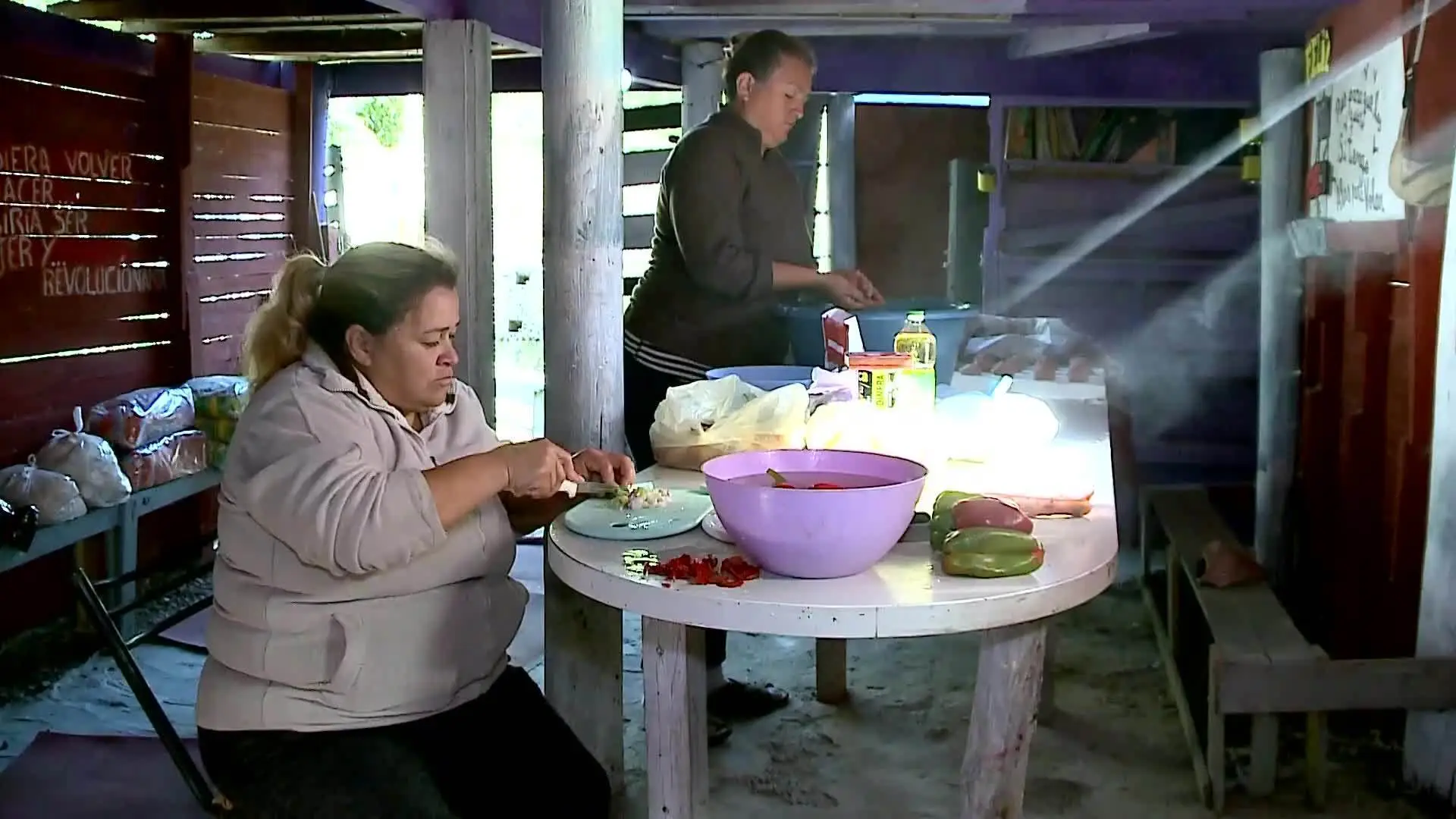ByJuan Martinez
February 19, 2024
In January 2024, Argentina’s poverty soared to 57%, a two-decade peak, impacting 27 million people in the country.
The situation worsened, with indigence climbing to 15% from 9.6% just months before. Households relying on social aid saw poverty rates jump to 85.5%.
The drop in the peso’s value led to this crisis, slashing purchasing power and living standards.
UCA’s research shows that poverty could have been even more devastating without government aid like the AUH.
Another study by the University of Di Tella estimates poverty at 46.8%, affecting 21.8 million Argentines.
This difference highlights the complexity of measuring and addressing poverty. These alarming figures remind us of the deep inequalities and challenges in Argentina.

They underscore the urgency for a united effort by all sectors to tackle poverty’s root causes and aim for sustainable development.
This situation, drawn from UCA and Di Tella’s findings, illustrates Argentina’s critical poverty state, emphasizing the need for comprehensive and inclusive strategies to combat this crisis.
Background
Argentina’s economic struggles are not new. For years, policies and global market shifts have shaped its economy.
This rise in poverty is part of a longer history of financial ups and downs. Inflation has long been a challenge, eroding savings and wages.
Recent years saw the government trying to stabilize the economy, with mixed results.
The peso’s devaluation was a drastic step aimed at boosting competitiveness but also pushed many into poverty.
Social programs have been vital in offering some relief. However, to truly address poverty, Argentina needs sustained economic growth and fairer wealth distribution.
These steps are crucial for moving towards a more stable and equitable future for all Argentines.
No comments:
Post a Comment